Green Minute News: Wearing many hats, he is a chartered accountant, a lawyer and a well-known wildlife expert with a doctorate on wildlife crime research…. Biswajit Mohanty has served as member of National Board of Wildlife for two terms, as GB member of Wildlife Institute of India and Director and Orissa Forest Development Corporation. Presently, he is Chairman, Greenpeace, India and Secretary, Odisha Wildlife Society. Winning laurels for environment and wildlife protection, he has filed many PILs on environmental issues including Olive Ridley Turtles. He has also done applied research on human-elephant conflict mitigation.
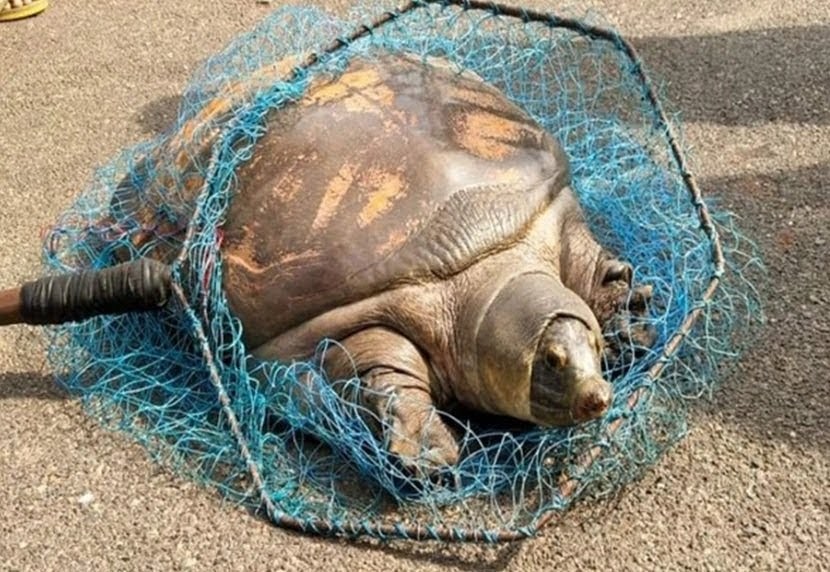
Q1. What is the present status on the protection of OLIVE RIDLEY TURTLES in Odisha?
Although there is a law “Orissa Marine Fishing Regulating Act” which prohibits trolling and mechanized fishing in the five km area of the coastline, it is not being implemented. The Odisha government notified a sanctuary – Gahirmatha Sanctuary but the protection measures are completely inadequate due to which thousands of turtles die every year.
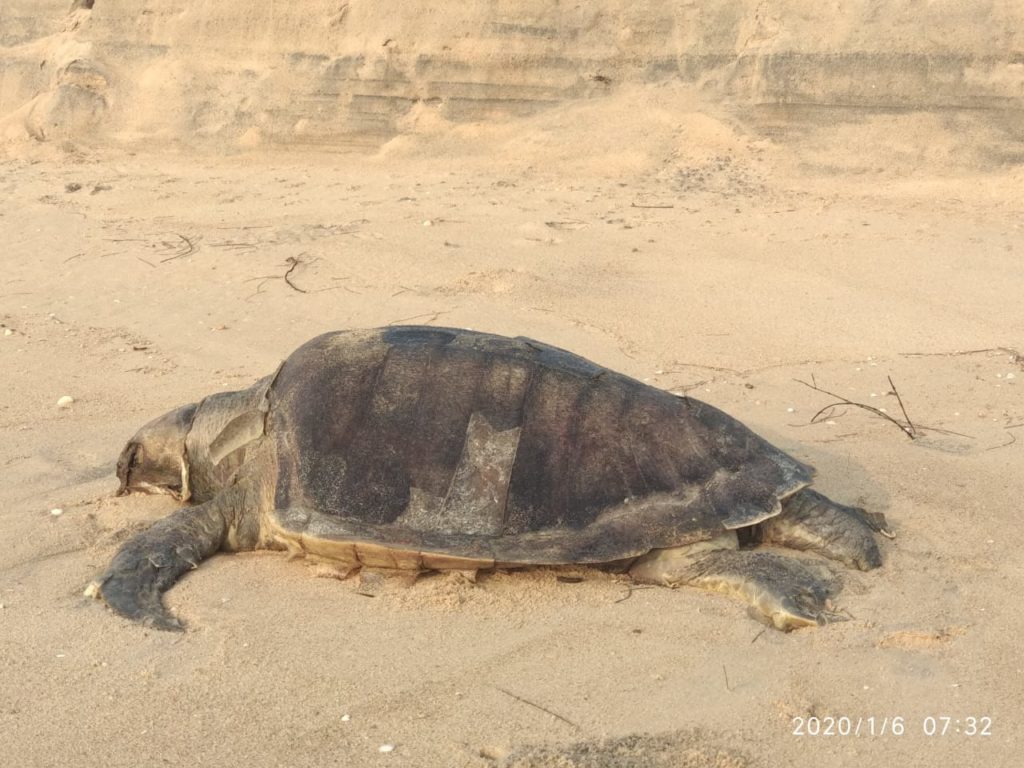
Odisha is known worldwide for its Olive Ridley Sea Turtles as this is one of the three mass nesting sites, the other being Costa Rica and Gulf of Mexico. This species comes to Odisha in winter and after breeding and congregation is over, they lay eggs in March or April and then return. After 50-60 days, the eggs hatch and makes its way to the sea.
Unfortunately, Odisha government was unable to protect this Vulnerable species for almost 25 years. Before 1990, there was very little marine fishing in the state. So, there was a bit of hope for their survival. But after the 1990s, a lot of fishing activity in the sea took off.
Q 2. What about the other Nesting Sites in Odisha?
Apart from Gahirmatha, there are two other nesting sites – Devi river mouth and Rushikulya river mouth. In Rushikulya, there seems to be a bit of hope but Devi river has turned to be a death knell as every year, mounting turtle deaths are reported. Some years ago, there were more than 16,000 deaths. But now despite the awareness campaigns, death rates are still very high at 6000 to 7000.
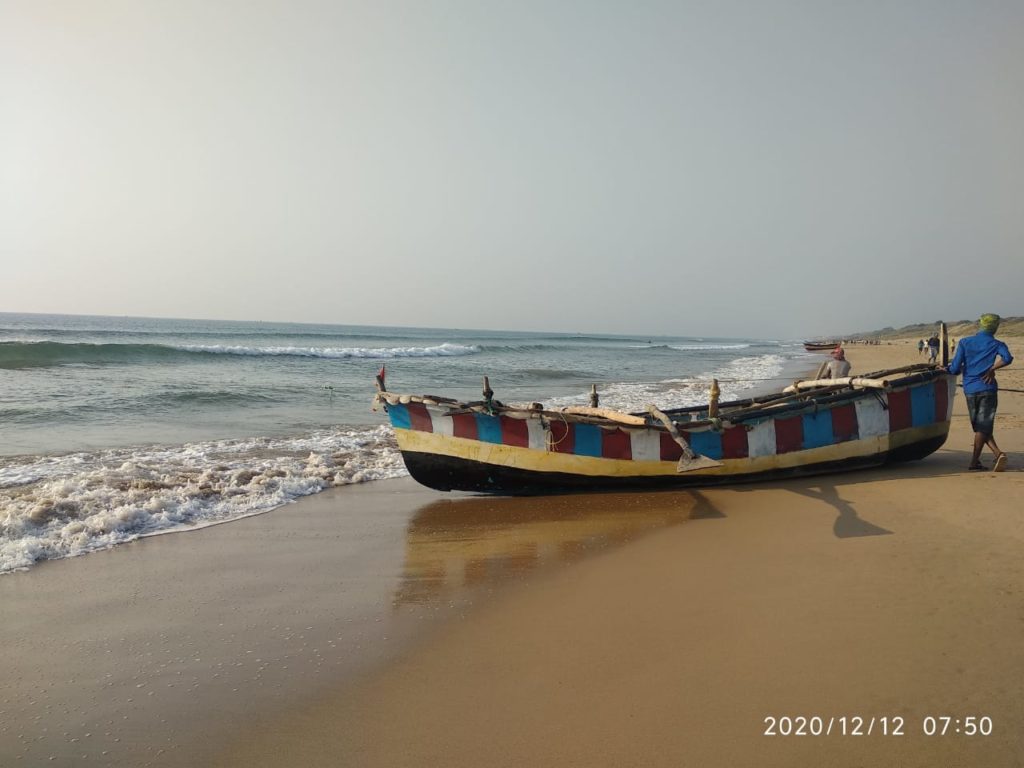
The state government is not doing what it has to do to conserve the Olive Ridley turtle species. Continuous patrolling is the need of the hour and ensuring no fishing takes place between November and April. However, this ban on fishing is not being enforced.
As per directions given by Central Empowered Committee to the Supreme Court that was issued in 2004, there has to be high speed patrolling boats stationed at the Congregation Zones (Gahirmatha, Rushikulya and Devi). But still, the SC orders have not been implemented.
Q 3. How serious is the issue of illegal fishing and their adverse effects?
Odisha has two types of illegal fishing boats that are active: Troll Boats that scour the bottom and trap the turtles resulting in their death due to lack of oxygen. The other being Gill Nets where the turtles get entangled in the nets for more than 12 hours and eventually die.
Added to this, many boats from Bangladesh, Bengal and Andhra come for fishing in the Odisha coast. All these can be avoided if the Forest and the Fisheries departments ensure regular patrolling.
It is the Olive Ridley Turtle species that Odisha should be proud of as people from all over can come and enjoy the beautiful sight of the baby turtles going back to the sea.
Q4. The Standing Committee (SC) of National Board of Wildlife (NBWL) has cleared many infrastructure projects during the pandemic.
It pains my heart to see the present working style of the NBWL. I was a member for two terms and there were regular site inspections impartially. Due to Covid-19, site inspections have been dispensed with and projects in susceptible areas are being cleared through virtual meetings. This is unacceptable and against the Wildlife (Protection) Act, 1972. There are hardly any meetings while Standing Committee is just an off-shoot of the main board.
There has to be regular reporting by the SC to the board about number of projects being cleared. Conservationists across India have felt NBWL becoming a clearing house and it is unbelievable that a contractor is one of the board members who is paid money to clear projects with vested interests. I’m shocked to see that there is no action by MoEF&CC regarding these issues.
Q5. Elephant deaths have risen throughout the country with no change in policy decisions to protect the Asiatic elephants. Comments.
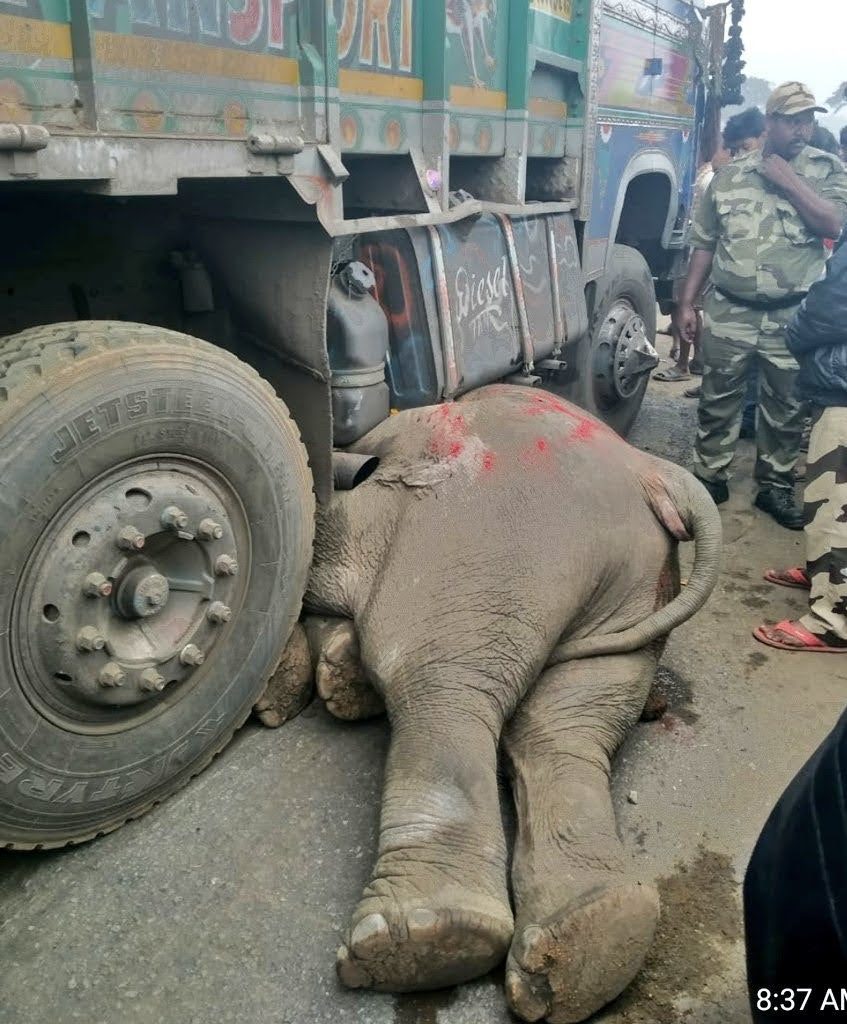
Elephant deaths have increased in the country in recent years in the absence of a clear action plan or a policy to stop the deaths. Though the animal was declared a National Heritage animal in 2012, unfortunately, the state governments have done very little to protect the jumbos. Speaking for Odisha, elephant population is less than the southern states but the death rate is very high.
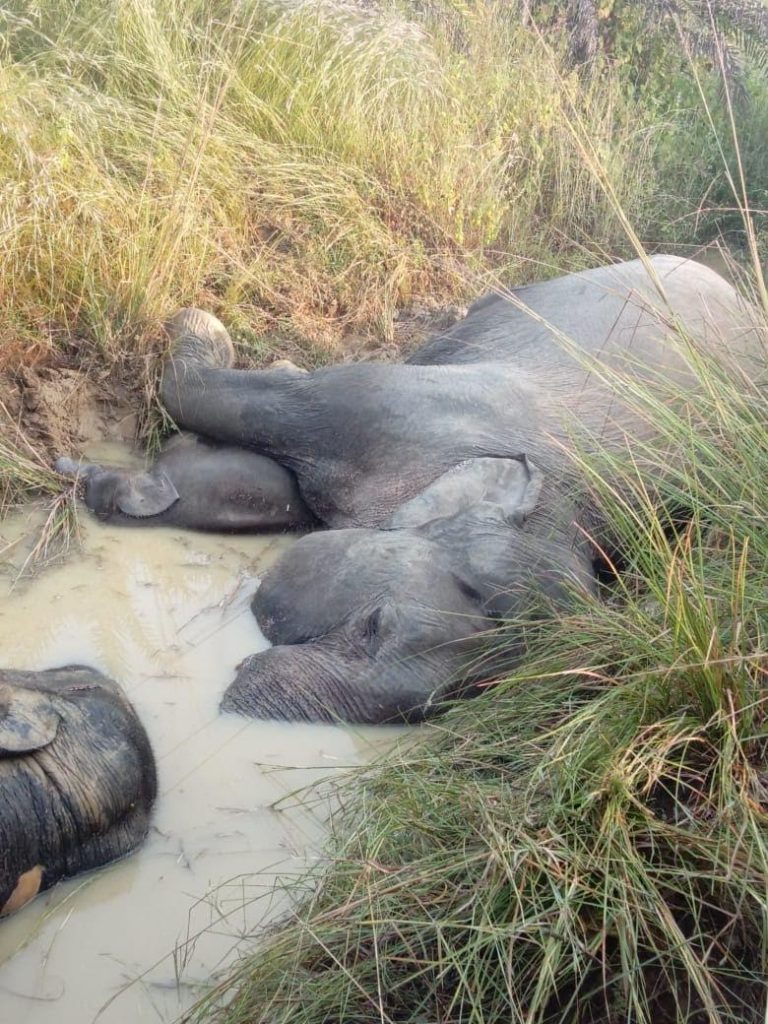
A total of 783 elephants have died between 2010 to 2020, out of which 281 deaths were unnatural deaths. Further, out of this, 193 deaths were due to hunting while 32 have been killed during the said year due to continuing rail and road kills. This shows the complete failure of the Odisha government. Project elephant, which was meant for protection of elephants, has become useless. It is high time this project was revamped completely.
(IN CONVERSATION WITH R S TEJUS)

